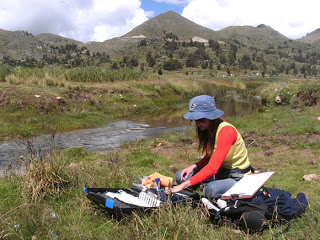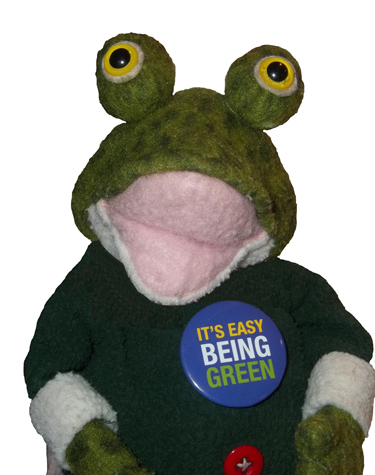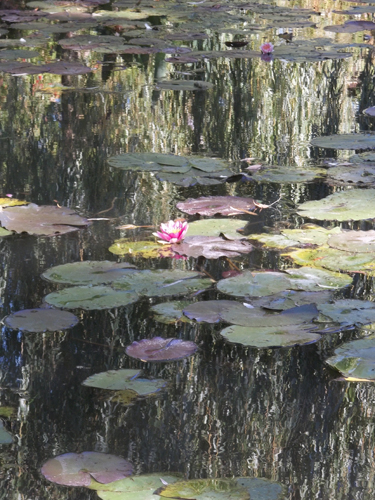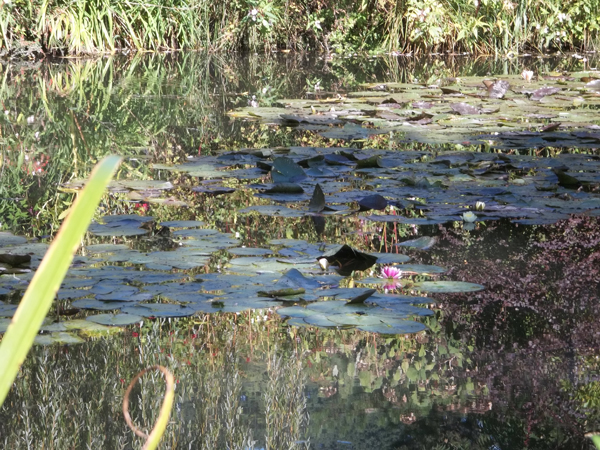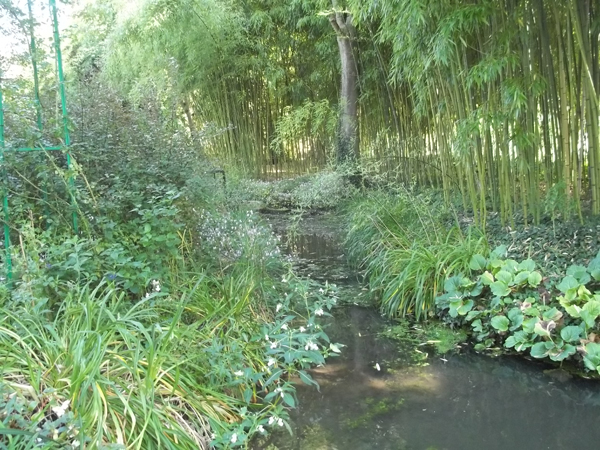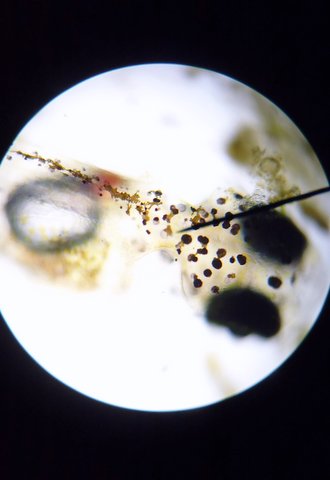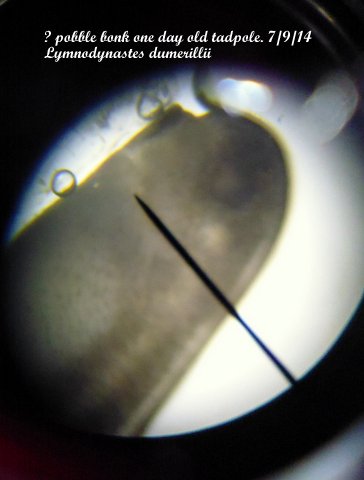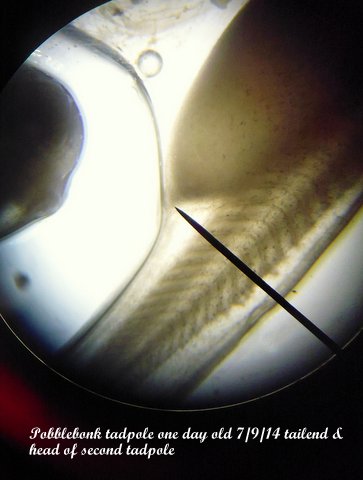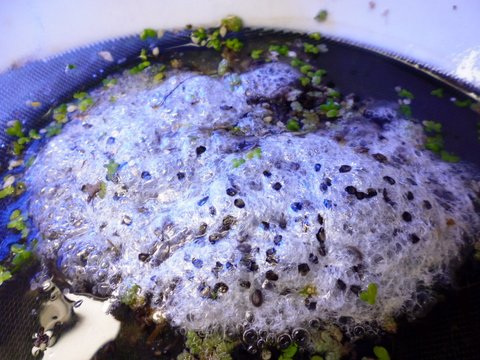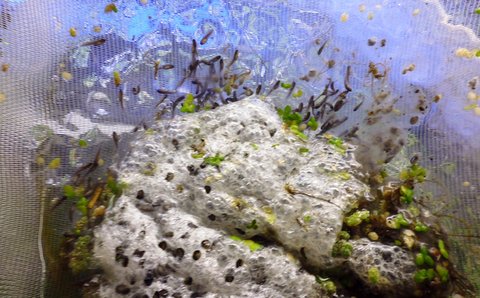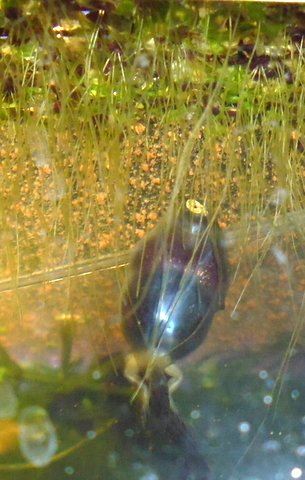Chytrid Fungus is Found in Madagascar
The entire amphibian class is currently afflicted by a global pandemic that is accelerating extinction at an alarming rate. Until now, a few islands like Madagascar were thought not to have been affected. However, an analysis of the latest series of tests shows that the chytrid fungus also poses a threat to amphibians in Madagascar. “This is sad news for herpetologists around the world,” says Dr. Dirk Schmeller of the UFZ, who was involved in analyzing the samples and has, together with Elodie Courtois, detected Bd in samples from Madagascar collected in 2010. “Firstly, it means that an island that is home to a particularly high number of amphibian species is now at risk. Several hundred species live only on this island. And, secondly, if the pathogen has managed to reach such a secluded island, it can and will occur everywhere.”
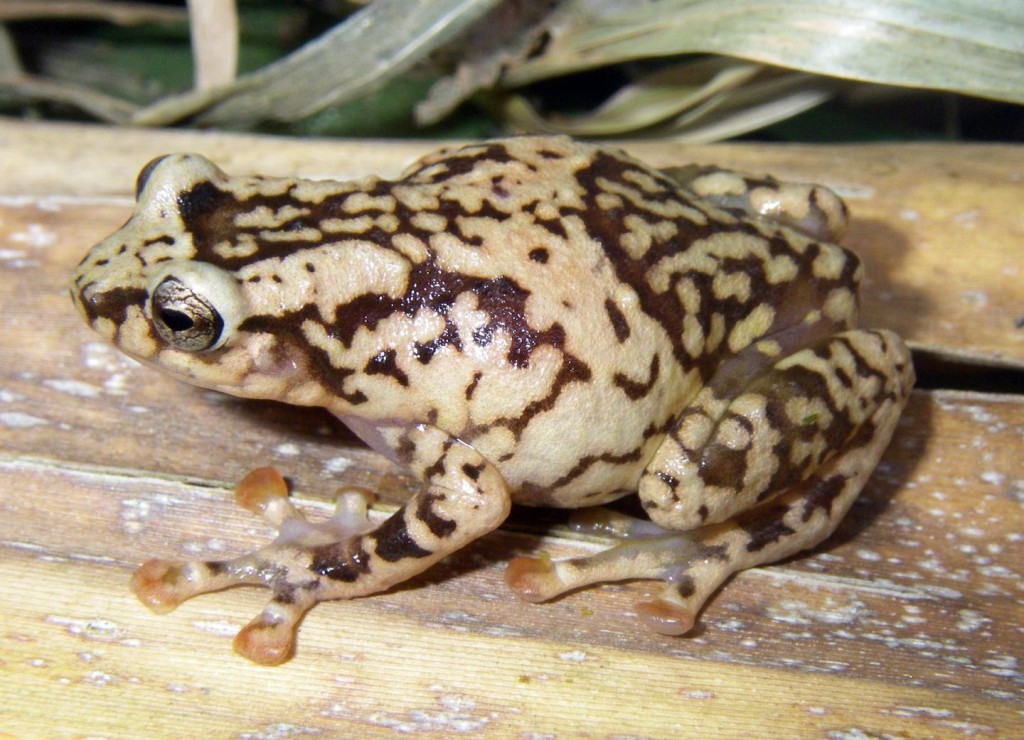
IMAGE: Chytrid fungus was proved on Platypelis pollicaris from Ranomafana. view more
Credit: Miguel Vences / TU Braunschweig
Prof. Miguel Vences from TU Braunschweig adds, “The chytrid fungus was found in all four families of the indigenous Madagascan frogs, which means it has the potential to infect diverse species. This is a shock!” The study also shows that the disease affects amphibians at medium to high altitudes, which ties in with observations from other parts of the world, where the effects of the amphibian epidemic have been felt primarily in the mountains.
“Luckily, there have not yet been any dramatic declines in amphibian populations in Madagascar,” Dirk Schmeller reports. “However, the pathogen appears to be more widespread in some places than others. Madagascar may have several strains of the pathogen, maybe even the global, hypervirulent strain. This shows how important it is to be able to isolate the pathogen and analyze it genetically, which is something we haven’t yet succeeded in doing.” At the same time, the researchers recommend continuing with the monitoring program across the entire country to observe the spread of the disease. The scientists also suggest setting up extra breeding stations for key species, in addition to the two centers already being built, to act as arks, so that enough amphibians could be bred to recolonize the habitats in a crisis. “We are also hopeful that we may be able to suppress the growth of the Bd pathogen with the help of skin bacteria,” says Miguel Vences. “It might then be possible to use these bacteria as a kind of probiotic skin ointment in the future.” A high diversity of microbial communities in the water could also reduce the potential for infection, according to earlier investigations conducted by Dirk S. Schmeller, Frank Pasmans, and their teams (published in Current Biology).
The outbreak of amphibian chytridiomycosis in Madagascar puts an additional seven per cent of the world’s amphibian species at risk, according to figures from the Amphibian Survival Alliance (ASA). “The decline in Madagascan amphibians is not just a concern for herpetologists and frog researchers,” says Dr. Franco Andreone, “It would be a great loss for the entire world.”
Guest post by Dr. Dirk Schmeller
Originally published:
http://www.eurekalert.org/pub_releases/2015-02/hcfe-acf022615.php

